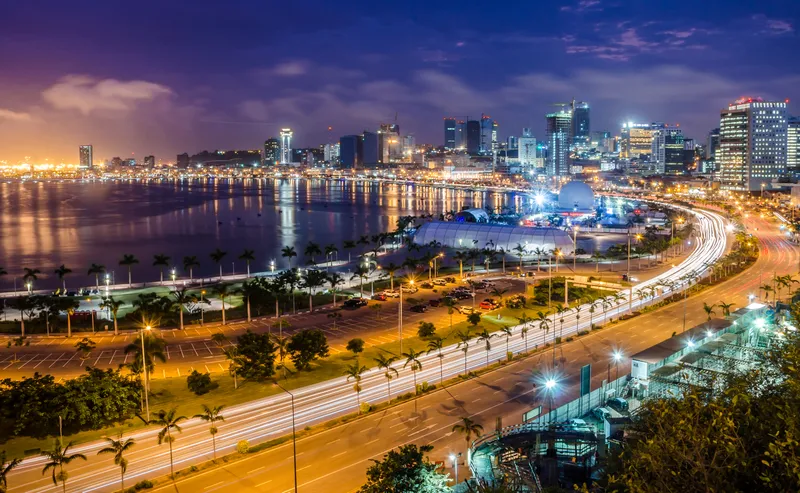India’s Karnataka State has set out plans to revamp its rural roads.
By MJ Woof
May 4, 2020
Read time: 1 min

India’s Karnataka State is to revamp its rural road network. The State Government has plans to upgrade 5,612km of rural roads.
A budget of US$368.66 million has been set for the project. Karnataka’s State Government will provide $196.55 million of the funding required. Meanwhile, the Indian Government will provide $172.11 million for the work.
The project will form part of the Pradhan Mantri Gram Sadak Yojana (PMGSY) programme. The aim of the work is to improve transport connections to outlying rural areas, helping to boost the local economy.
Karnataka State is in South West India, with its coastline lying between Goa State and Kerala State.







